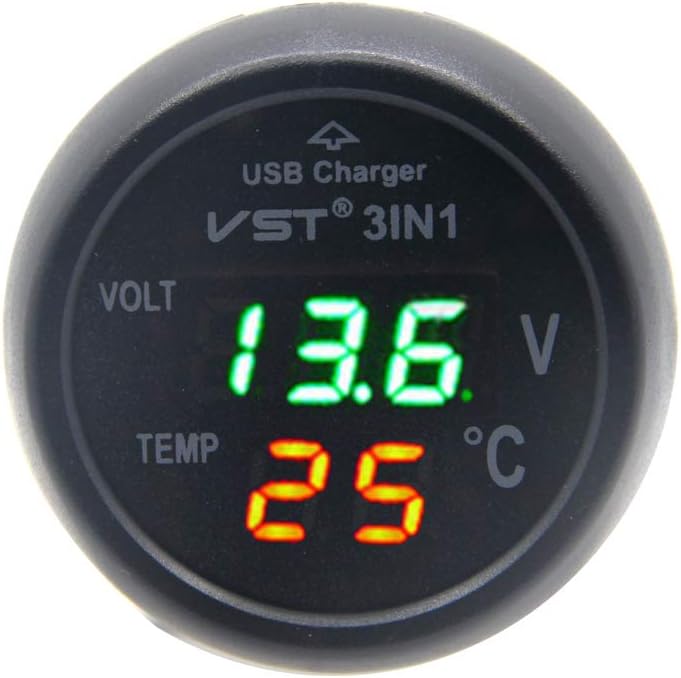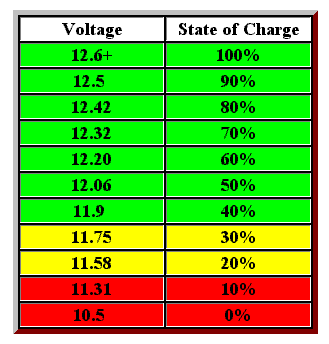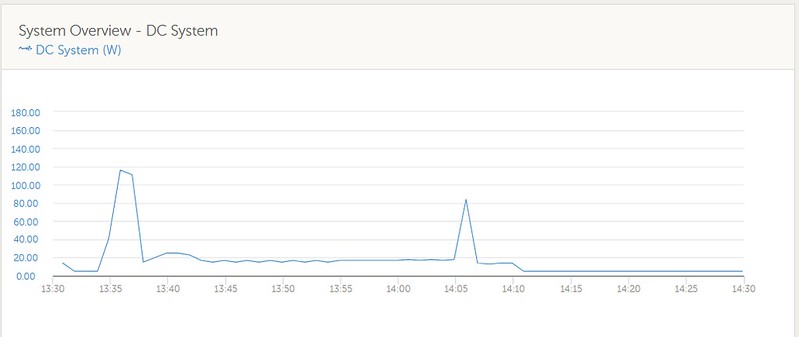Full Member
Full Member
- Messages
- 4,566
I guess this question has been asked before, but I couldn't find any reference to it, so I'd appreciate some guidance. My van has an 80 ah starter battery and 100ah leisure, with no solar. It is a basic 1992 Merc, with no alarms, engine management gizmos etc, no EHU and we do not have onboard fridge or hot water: the leisure battery simply provides lighting and radio but mostly charging our phones, tablets and vapes. The van is fitted with a split charge system with 140a VSR.
We have not had the van long enough to know if this is all we need to keep the batteries charged on any extended trips we may do: last year all was fine but was only short trips no more than 10 days, in the summer, but this year (hopefully) and next we will use it much more, for longer periods. I regularly hear reference to B2B chargers, and my question is should I have one, and why?
Whilst the van is parked up unused at home I use a portable condition charger with crocodile clips to each battery in turn
To get back to the original question!
As I've posted at #19, I have a 300W solar panel and a Victron 100/20 solar controller, dougbobbill.
Like you, I use very little electrical power (only radio, charging phone, led lights, gas fridge, gas blown air heating and gas hob etc) and for some years managed very well indeed with a single 90Ah leisure battery and no solar panel.
A couple of years ago I went to Spain for a large part of the winter and thought that I'd spend more time in one place - so fitted the solar system I've described. I also added a second leisure battery so that in total I now have about 200Ah of leisure batteries. That gave me the freedom to stay off grid for extended periods whenever I chose.
I don't have, never have had and don't plan to have a battery-to-battery charger.
I hope that helps you in coming to a decision that suits your moho use.
Colin





